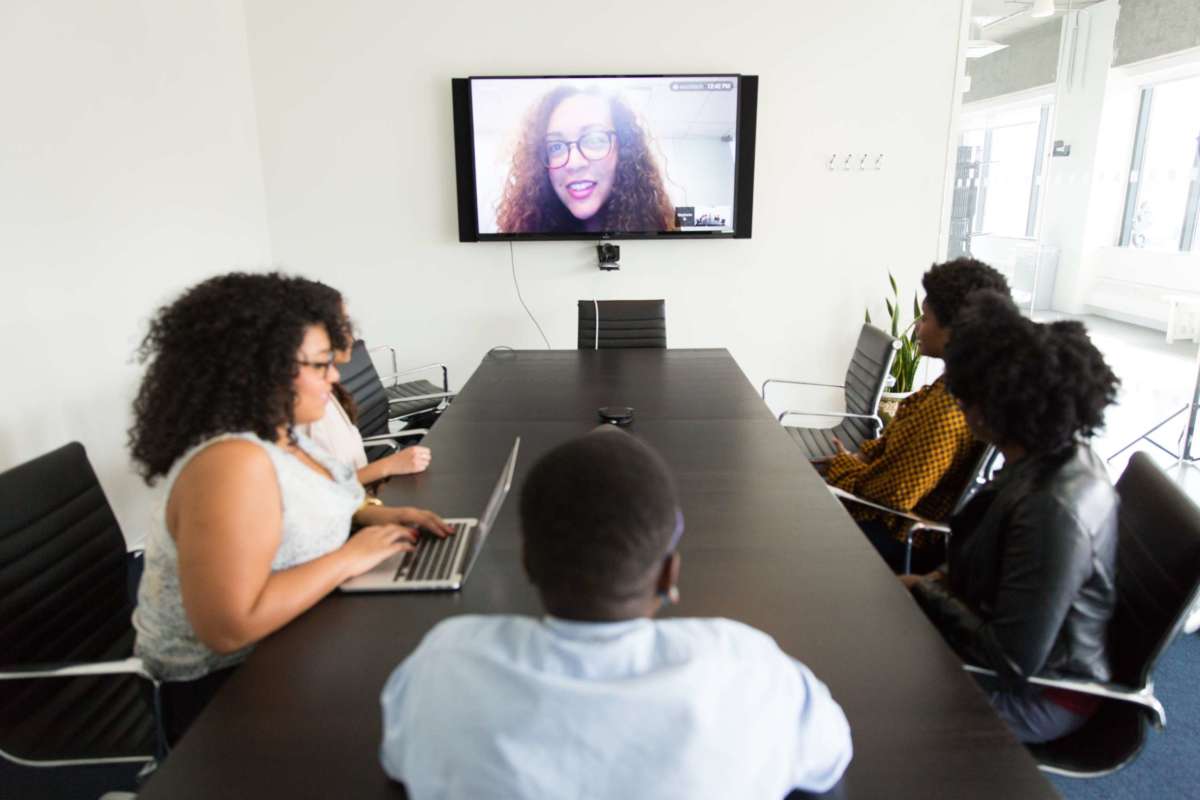Hybrid working is the model of the future and has bought in the winds of change. Now it is time for individuals and organizations to up their ante.
Nearly a year and a half after a majority of people switched to working from home, cribbing about being imprisoned at home, having to manage domestic and work chores and adjusting to a new normal. Eventually, people found their comfort amidst the chaos. A lot of them felt like the work from home option was a blessing in disguise.
According to research (Source: Forbes), on New Employee Expectations, insights on how the pandemic has changed the workplace. 74% of professionals expect remote work to become standard and a whopping 97% of employees don’t want to return to the office full time. Even as offices reopen, leaders are worried about the impact of letting people continue to work from home. They have their reasons. People leaders fear a total work from home culture will lead to empty cubicles, poor teamwork, dilution of the organizational culture, hamper productivity and lack of personal connection.
Remote is the new normal
It is also important to understand why more and more people are opting to work remotely. Aslam Hirani, Founder of Aventi, lays down some fantastic points on the table. “Many professionals spend 2-4 hours every day travelling for work, often exhausted after navigating the heavy traffic and pollution of the city. Today, professionals keep changing companies and with most families with both spouses working, it would be difficult to always live close to one’s workplace. Such issues could impact the productivity and focus of the team members. A hybrid work culture would help the professionals maintain a work-life balance.
Furthermore, it is a good way to decongest the cities as professionals will be able to work from remote locations. Companies will be able to access a wider pool of talent without the limit of any borders. The Internet infrastructure is improving across India every day. New collaboration tools (video conferences) will enable professionals who work remotely and give them a similar experience as working in an office. While I agree that one on one and watercooler interactions are important teams could agree on how often they want to meet and how much remote work they can do based on the project needs.”
But Hybrid is more than just working remotely
The hybrid work model doesn’t simply translate into working from home. It also means being accommodating to employees who want to work closer to home or work at HQ, employees who want to work from home for certain days and come to the office on others. It is time for the organizations to make a shift from fixed work (full-time at the workplace or full-time working remotely) to a blended approach of a mix of office-based and remote work.
The Education sector witnessed a roller coaster ride as the pandemic shut down schools and colleagues. But Blended learning and technology have helped them sail through. Of course, there still are some stumbling blocks.
What are experts saying?
Dr Rohan Soni, Principal, Amro College of Hotel Management elucidates, “Hybrid work culture might have been considered a lofty idea a few years ago, and was probably never actually implemented anywhere since it had so much potential issues. But due to the COVID-19 pandemic, it has more or less been forced upon us all, whether ideal or not for our industries and fields.
A year ago, we were all pushed to rework and redesign how we went about doing what we needed to do. Some industries pushed onward towards complete automation whereas some just made certain processes automated. The education sector was no different. We are seeing a time where for over a year now we haven’t been able to connect with the students at the same level; chalk in hand, a concept in mind, and learning in the environment.”
Erin Kelly, MIT Sloan professor and Phyllis Moen, University of Minnesota highlight the importance of providing employees with greater choice than many had before the pandemic, and support people’s personal and family choices.

Here are a few tips to successfully implement a hybrid model for your organization.
- The 3 E Factor
The new age leaders and HR managers need to work around the 3 E’s: Emotions, Energy and Empathy. The leaders will need to create and nurture an accommodating culture that respects people working from multiple places. Since employees will not get together as much, effectiveness should be driven by how people feel connected to each other and how engaged and invested they are in each other’s growth and the overall vision of the organization.
- Identify the purpose and categorize work
Managers will have to mould themselves into being more intentional and articulate about purpose, highlighting the big picture, discussing and reviewing the short term and long-term goals. It also involves ensuring that employees feel their work is connected. No matter where they work from, their contribution determines the smooth flow of work and eventually overall outcomes. Everyone is a part of the whole. Hence, a sense of shared purpose and mutual dependencies should be rekindled from time to time.
- Leverage on expertise
Encourage and empower experienced team members to use their strengths to their advantage. Give them all the freedom and resources to take the lead on the topics that they are passionate about. They could conduct pep talks and workshops for their subordinates. Establishing learning circles where the relatively younger or lesser experienced teammates can share what they know. Hr managers should focus on areas like inclusion, purpose and employee engagement.
- Communicate efficiently
A smooth channel of communication helps avoids confusion, strengthens goals and purpose, creates accountability and contributes to building and sustaining a positive company culture. Keep the channels of communication open. Employees should be assured that they can reach out to anyone. Giving concrete feedback, clear directions when a person needs help and appreciation and motivation when an employee does his job well to keep the momentum going.
- Show that you care
It will not be an overstatement to say that 2021 was a living nightmare. So many of us have lost family members, relatives, colleagues and friends to the deadly virus. We may not know everyone’s story. Going the extra mile to show that you care will create a positive ripple. When you know someone has your back… you can move ahead with confidence.
To sum it up,
Pandemic made us all realise that when we join hands together as a society, we can rise above any hurdle and grow together. Experts are still studying the aftermath and evolving trends. Hybrid Work Culture also emerged as one such trend, which has now become favourable for both the employees as well as the employers.
Employees get the flexibility to work from anywhere they wish to, and employers can trust their employees to get things done. Collaboration as well as the sense of being a part of the community has made Hybrid Culture the new talk of the town. A concept that both the parties can benefit from.
Tell us in the comment section what do you prefer working from or office, or have you evolved to adapt to the new trend of Hybrid Work Culture?
Author Bio:
 Umesh Uttamchandani
Umesh Uttamchandani
Co-Founder, Chief Growth Officer
An active investor and mentor for start-ups; Umesh is a Strategic Thinker with a flair towards Corporate Innovation and Sales. With about 10 years of experience in the IT and Real Estate Industry; Umesh is a cut above when it comes to critical thinking, team communication, strategic marketing and business growth consultation. After excelling at various skills, Umesh’s primary focus now is to build meaningful relationships and uplift innovative start-up ventures in the domain of SaaS, Mobility, Cloud Kitchen, Media-Tech and Lending.







